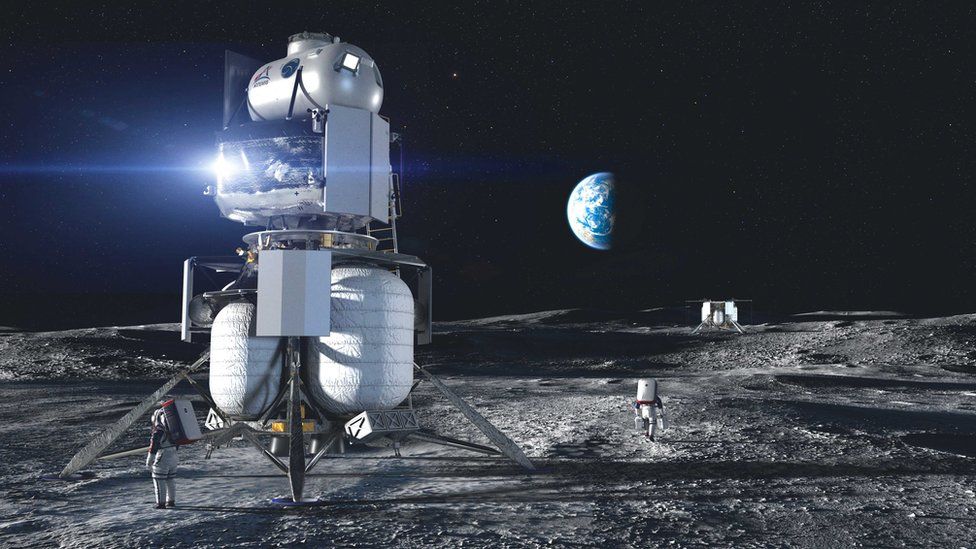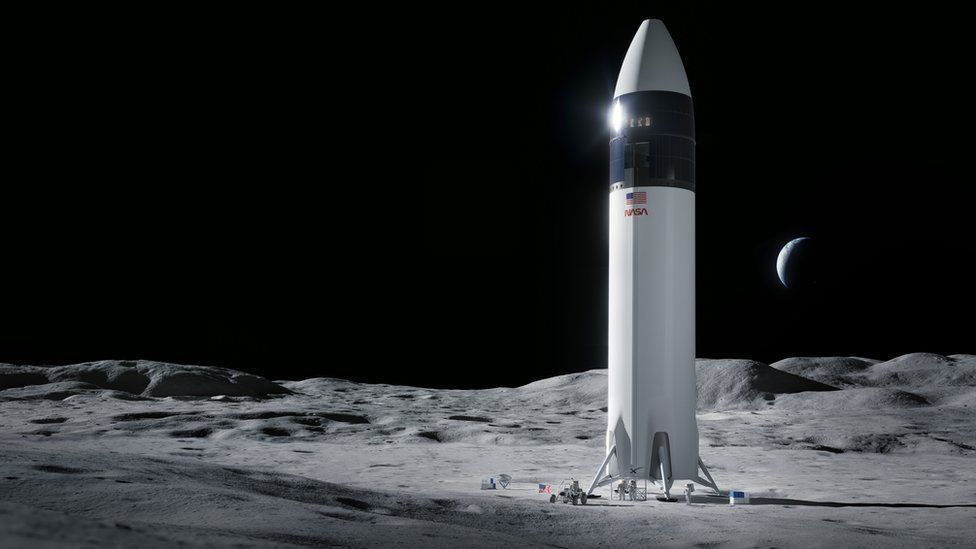Tech
Jeff Bezos’ presents NASA with a $2Bn offer to take people to the moon

Tech
Airbus A320 fleet faces software upgrade due to risk
Airbus alerts A320 operators to urgent software fix after JetBlue incident raises safety concerns
Tech
China blocks ByteDance from using Nvidia chips in new data centres
China blocks ByteDance from using Nvidia chips, tightening tech control and pushing for domestic AI innovation amid U.S. restrictions.
Tech
OpenAI launches shopping research tool for ChatGPT users
OpenAI launches shopping research tool to enhance e-commerce experience ahead of holiday season spending boost
-



 News16 hours ago
News16 hours agoBondi Beach terror attack: Hanukkah celebrations turned tragic
-



 Ticker Views15 hours ago
Ticker Views15 hours agoFrom the Goldberg’s to the Icebergs – Bondi is Australia, Australia is Bondi beach
-



 Shows4 days ago
Shows4 days agoReforms on underquoting address ongoing market frustrations
-



 News18 hours ago
News18 hours agoNetanyahu blames Albanese after Bondi attack
-



 News17 hours ago
News17 hours agoFather-son duo confirmed in Bondi anti-Semitic massacre
-



 News4 days ago
News4 days agoDisney invests $1B in OpenAI to generate Marvel, Star Wars, and Pixar videos
-



 News5 days ago
News5 days agoElon Musk’s SpaceX plans $25 billion IPO in 2026
-



 News5 days ago
News5 days agoNetflix vs Paramount: The Warner Bros takeover battle explained









